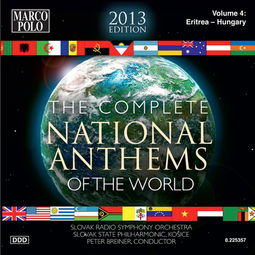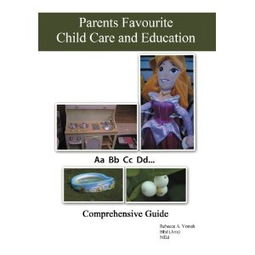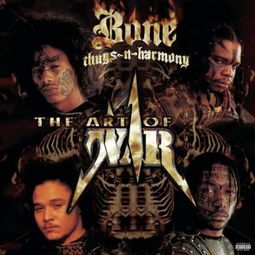Content:
Fishing has always been a popular hobby, offering relaxation, excitement, and a chance to connect with nature. Whether you are a beginner or an experienced angler, there is always something new to learn. In this article, we will discuss how to get started in fishing and provide you with essential tips and techniques to help you become a skilled angler.
Choosing the Right Equipment
The first step in getting started with fishing is to acquire the necessary equipment. Here's a list of essential gear you should consider:
- Rod and reel: The rod and reel combination is the heart of your fishing setup. Choose a rod that matches the type of fishing you plan to do and the size of the fish you're targeting.
- Line: Your line is the thread that connects you to the fish. Select the appropriate line strength and type for your target species.
- Hooks: Hooks come in various sizes and styles, so choose the right ones for the fish you want to catch.
- Lures and baits: Lures mimic natural prey, while baits are real or artificial food sources. Experiment with different lures and baits to see what works best in your fishing environment.
- Tackle box: Keep your essential tools, such as pliers, a knife, and a line clipper, in a tackle box for easy access.
- Waders and boots: If you're fishing in water, invest in a pair of waders and boots to keep you dry and protected.
Understanding the Basics

Before you start fishing, it's important to learn the basics, such as:
- Casting: Learn how to cast your rod with accuracy and precision. Practice casting in different directions and distances to improve your skills.
- Baiting: Whether you're using live bait or artificial lures, learn how to properly attach and present your bait to attract fish.
- Trolling: Trolling involves moving your boat at a steady pace and using lures or baits that mimic natural prey. This technique is effective for catching fish in deeper waters.
- Still fishing: This method involves anchoring your boat or setting up on the shore and waiting for fish to bite. It's a great way to relax and enjoy the scenery.
- Knot tying: Learn how to tie essential knots, such as the improved clinch knot, palomar knot, and uni knot, to ensure your line remains secure.
Finding the Perfect Spot
To increase your chances of catching fish, it's crucial to find the right fishing spot. Here are some tips for locating prime fishing areas:
- Research: Use online resources, local fishing guides, and maps to identify popular fishing spots in your area.
- Observe the water: Look for areas with structure, such as rocks, logs, and weed beds, as these provide habitat for fish.
- Pay attention to the weather: Fish tend to be more active during certain weather conditions, such as overcast days or when the wind is blowing.
- Timing: Fish are more likely to bite during certain times of the day, such as early morning or dusk. Plan your fishing trips accordingly.
Developing a Strategy
To improve your chances of success, develop a fishing strategy:
- Target species: Decide which fish you want to catch and tailor your approach to their habits and preferences.
- Bait selection: Choose baits and lures that are most effective for your target species.
- Presentation: Learn how to present your bait or lure in a way that mimics natural prey and entices fish to bite.
- Adaptability: Be prepared to change your approach if the fish aren't biting. This may involve trying different baits, lures, or techniques.
Safety First
Always prioritize safety when fishing. Here are some tips to ensure a safe and enjoyable experience:
- Check the weather forecast and water conditions before heading out.
- Inform someone of your fishing plans and expected return time.
- Wear a life jacket if you're fishing from a boat.
- Keep your first aid kit handy in case of an emergency.
- Be aware of your surroundings and other anglers to avoid accidents.
In conclusion, getting started in fishing is an exciting and rewarding experience. By following these tips and techniques, you'll be well on your way to becoming a skilled angler. Happy fishing!












